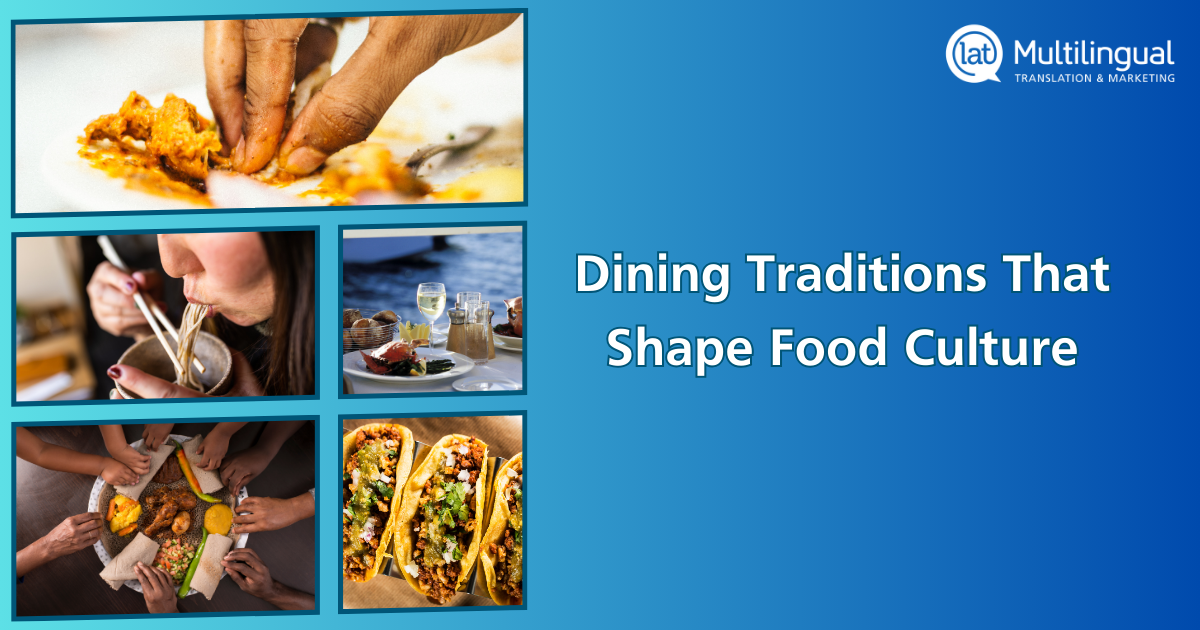Food tells stories – stories of heritage, geography, and values. Across the globe, how people eat varies as much as what they eat. Let’s take a journey around the world, exploring dining traditions and fun facts that highlight the richness of global food culture.
Eating with the Right Hand in South Asia
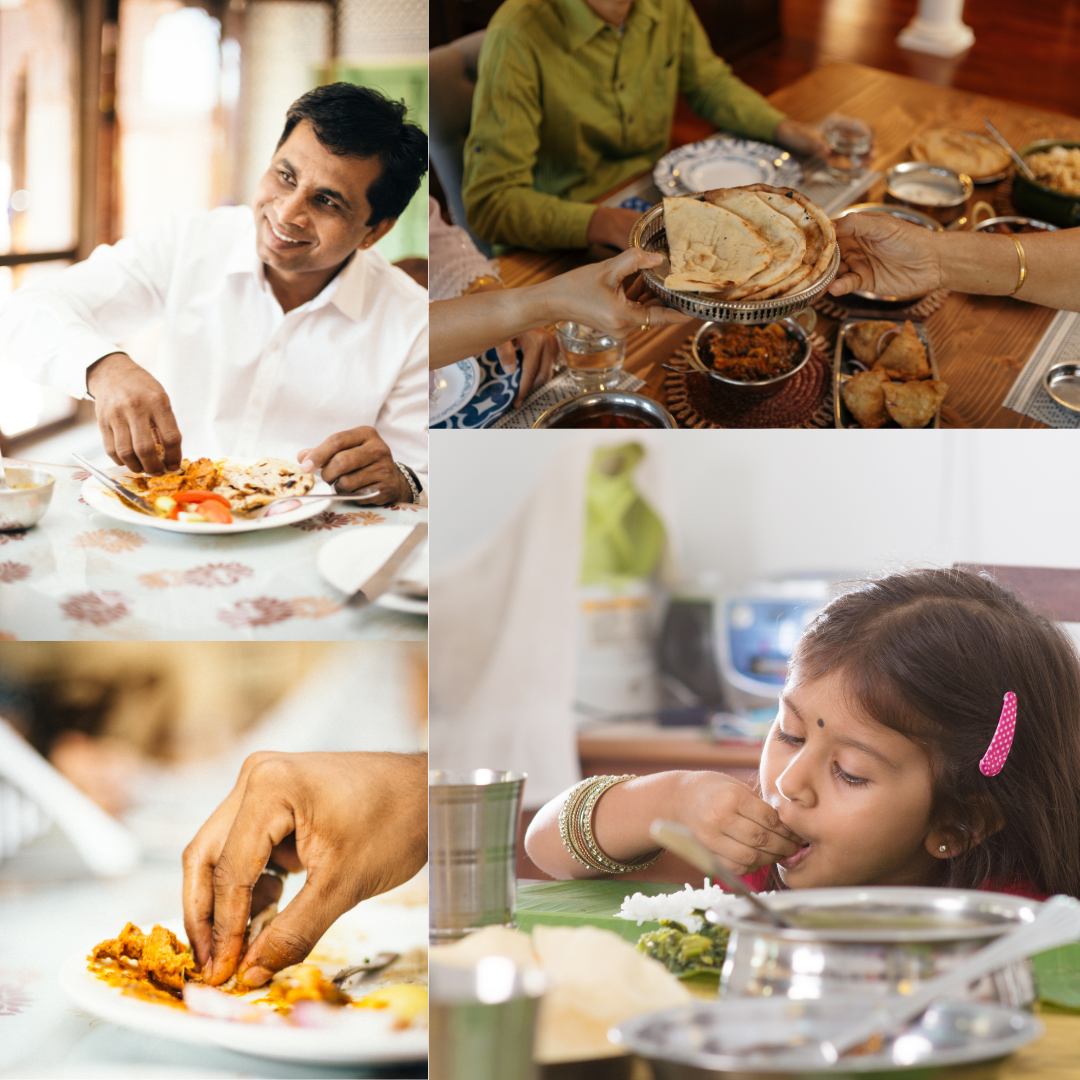
In many South Asian countries like India, Pakistan, Bangladesh, and Sri Lanka, eating with your hands is more than a tradition; it’s an experience. It carries spiritual and cultural significance. The right hand symbolizes purity, while the left is reserved for other tasks (for eg: personal hygiene). Mixing rice, curries, and chutneys with fingers is believed to heighten the sensory connection to the meal.
Eating with your hands is thought to aid digestion, as the touch triggers enzymes before the food even enters your mouth.
Sharing from One Plate in Ethiopia
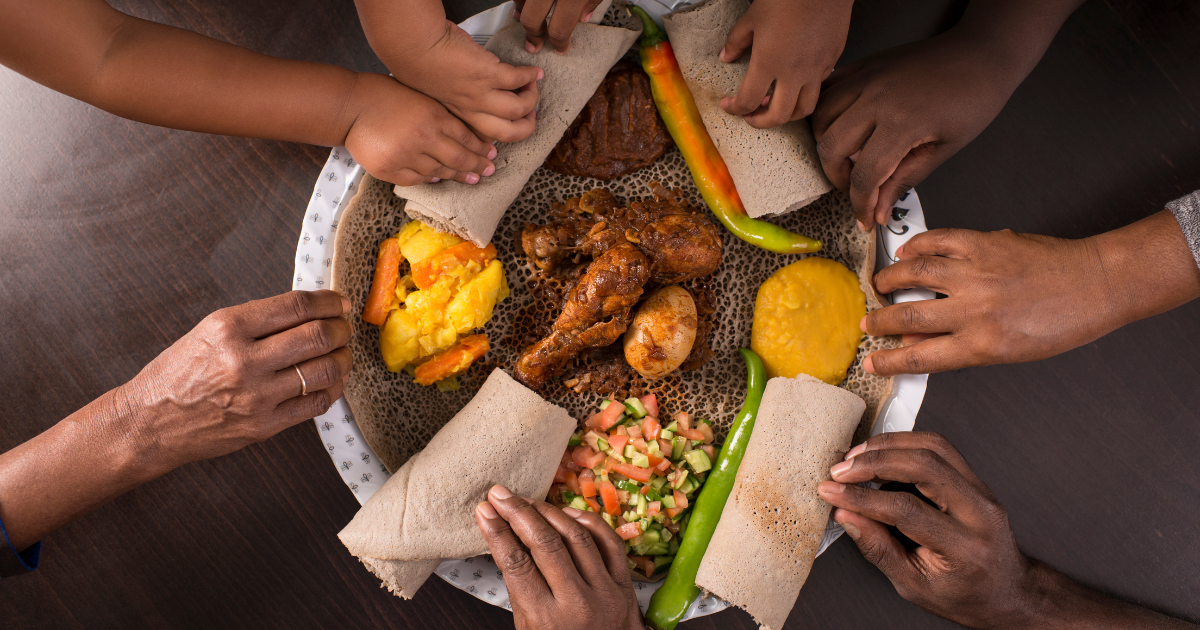
Ethiopian meals are communal affairs. Injera, a spongy sour flatbread, doubles as both the plate and the utensil. Diners tear off pieces and scoop up richly spiced stews. Sharing from the same plate symbolizes unity and togetherness, values deeply embedded in Ethiopian food culture.
Elders are often served first as a gesture of reverence, and “gursha,” the act of feeding someone else by hand, symbolizes love and care
.
The Quiet and Harmonious Dining Culture in Japan
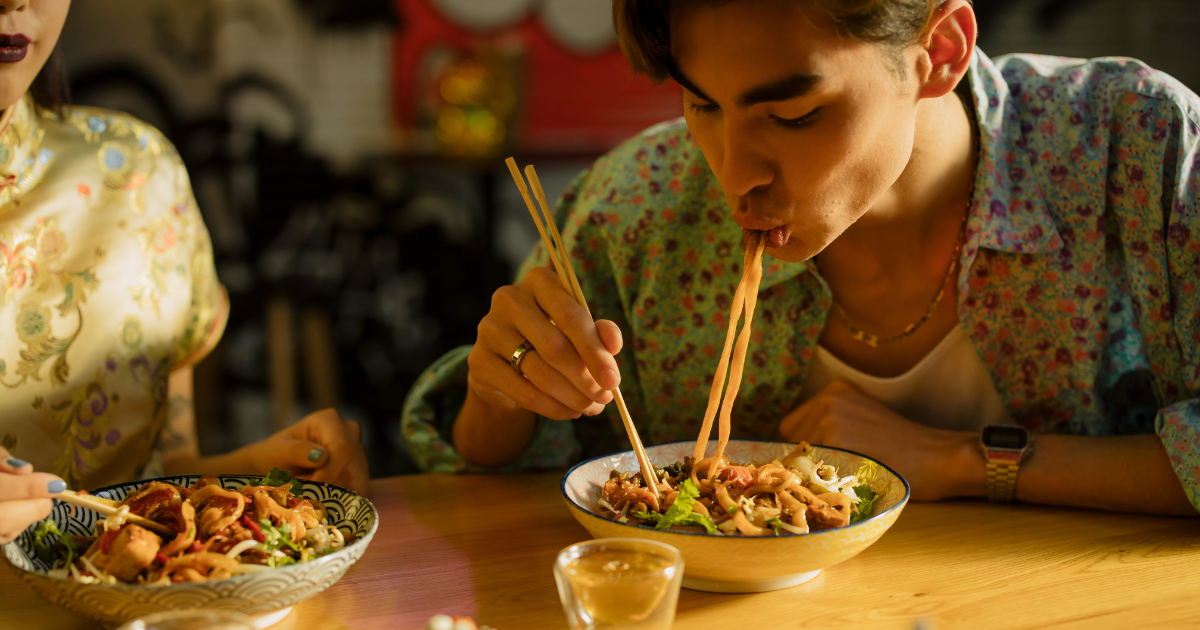 Dining in Japan is a beautiful reflection of balance and respect. While slurping noodles is a delightful sign of appreciation, loud conversations or disruptive behaviour during meals are discouraged. Little details – like never sticking chopsticks upright in rice – signal cultural awareness and show that you’ve taken the time to understand their customs. Beware – passing food directly from one pair of chopsticks to another is a no-go. This action mimics a funeral ritual involving passing bones.
Dining in Japan is a beautiful reflection of balance and respect. While slurping noodles is a delightful sign of appreciation, loud conversations or disruptive behaviour during meals are discouraged. Little details – like never sticking chopsticks upright in rice – signal cultural awareness and show that you’ve taken the time to understand their customs. Beware – passing food directly from one pair of chopsticks to another is a no-go. This action mimics a funeral ritual involving passing bones.
Slurping noodles isn’t rude – it’s encouraged, as it enhances the flavour and shows appreciation.
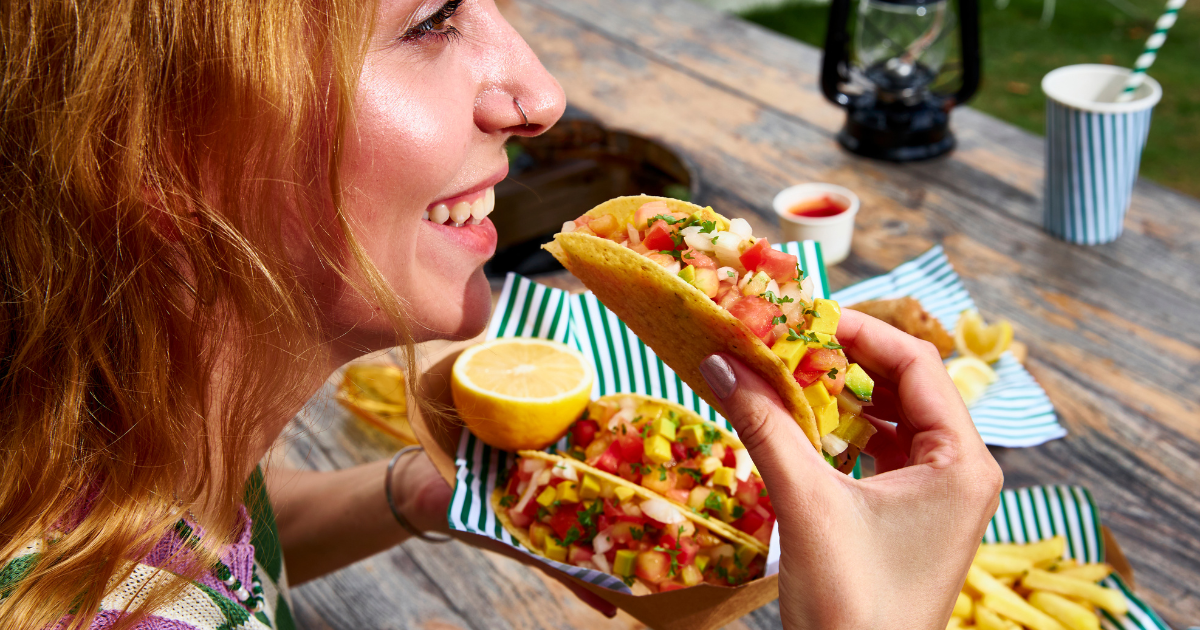
Tacos and Hands Go Hand in Hand in Mexico
Mexican cuisine thrives on bold flavours and hands-on experiences. Eating tacos with your hands isn’t just practical. It’s the way it’s meant to be—Mexican food bursts with flavours from chilli peppers, corn, and fresh herbs. Tacos, tamales, and pozole often take center stage at gatherings.
Sharing Food: Central to Dining in China
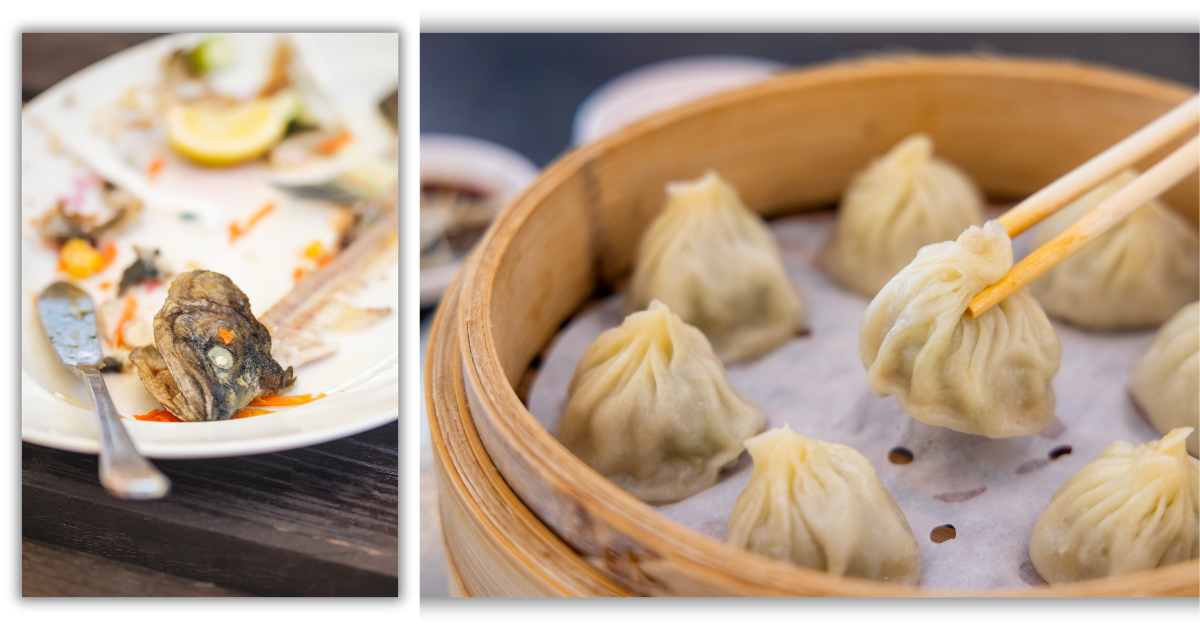 In China, dishes are placed at the center of the table to be shared. Serving others before oneself is a subtle yet powerful way to express respect.
In China, dishes are placed at the center of the table to be shared. Serving others before oneself is a subtle yet powerful way to express respect.
Food in China carries layers of symbolism. Dumplings, shaped like ancient gold ingots, represent wealth and are a must during Lunar New Year. It’s also common to serve a whole fish at celebrations, as the word for fish (yú) sounds like the word for abundance.
A fun fact? Leaving some fish on the plate signals prosperity for the future.
Slow Eating, en français
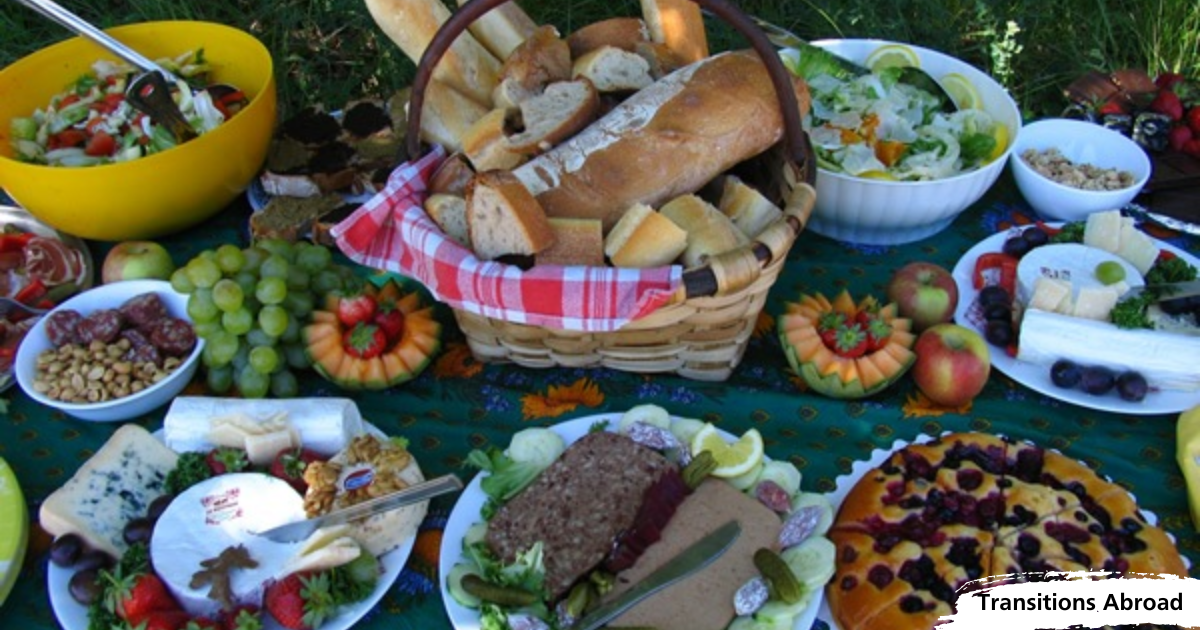
The French approach to dining is all about savouring the moment. Meals are meant to be enjoyed, not rushed, often stretching across multiple courses.
The French believe in quality over quantity, and long, drawn-out dinners are the norm. Bread, cheese, and wine are staples, but did you know the bread should never be placed upside down on the table? This superstition dates back to medieval times, symbolizing bad luck or betrayal.
If you have colleagues from Quebec or France, don’t expect to find them eating their lunch at the computer, as many of us do. In French culture, it is important to separate work and meal times.
Enjoying Sweet and Savory Flavors in Morocco
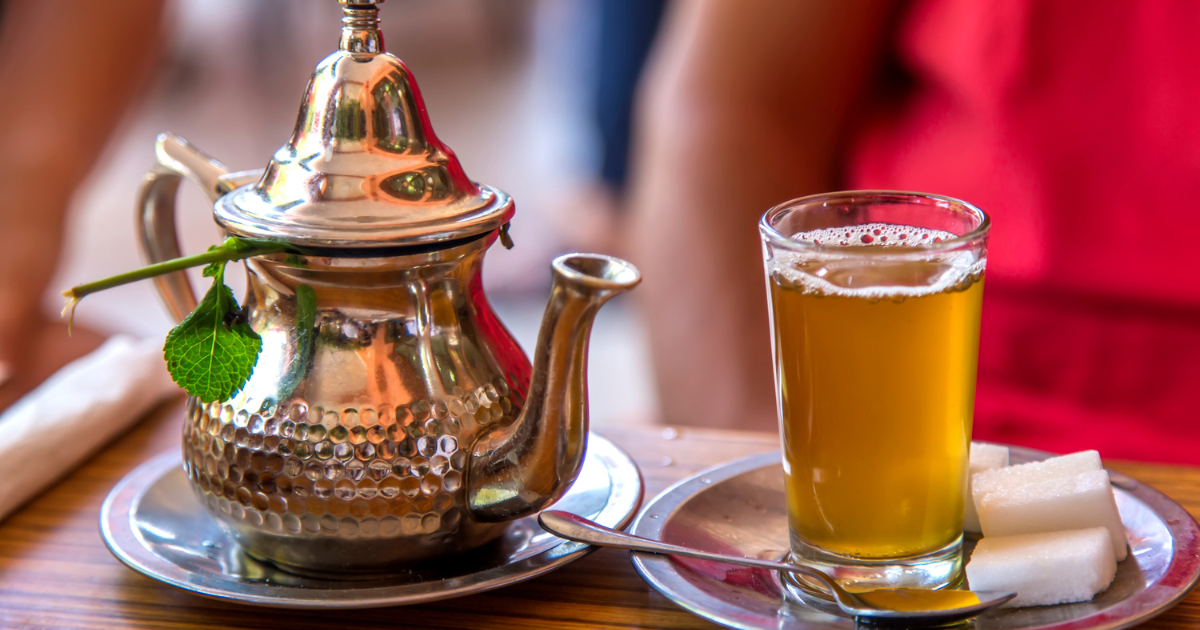 Moroccan cuisine is a delicate balance of sweet and savoury flavours, often found in dishes like tagine. Eating with your hands is common, and hospitality is paramount.
Moroccan cuisine is a delicate balance of sweet and savoury flavours, often found in dishes like tagine. Eating with your hands is common, and hospitality is paramount.
Mint tea is a welcoming symbol – the higher it’s poured, the more respect is shown.
Fun fact: Refusing tea three times before accepting is part of the ritual.

Weekend Barbecues in Brazil
Barbecues, or churrasco, are a beloved weekend tradition in Brazil. Large cuts of meat are grilled over open flames and served with farofa (toasted cassava). It’s a social event where family and friends gather for hours.
Did you know caipirinha, Brazil’s national cocktail, is made from cachaça, a spirit distilled from sugarcane?
Family Comes First at the Italian Table
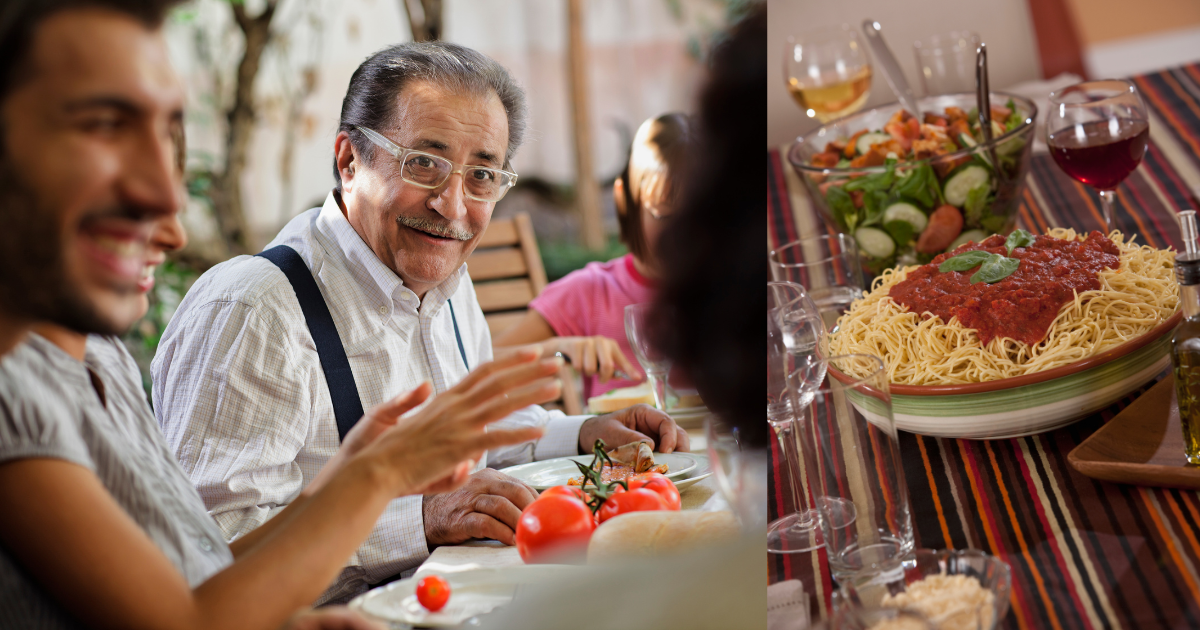 In Italy, food is synonymous with family. Meals are elaborate, and no one rushes through them. Pasta dishes vary by region, and bread is never wasted – leftover bread often becomes panzanella (bread salad). An espresso after dinner is customary, but adding milk (like cappuccino) is strictly a morning affair.
In Italy, food is synonymous with family. Meals are elaborate, and no one rushes through them. Pasta dishes vary by region, and bread is never wasted – leftover bread often becomes panzanella (bread salad). An espresso after dinner is customary, but adding milk (like cappuccino) is strictly a morning affair.
Hospitality Through Food in the Middle East
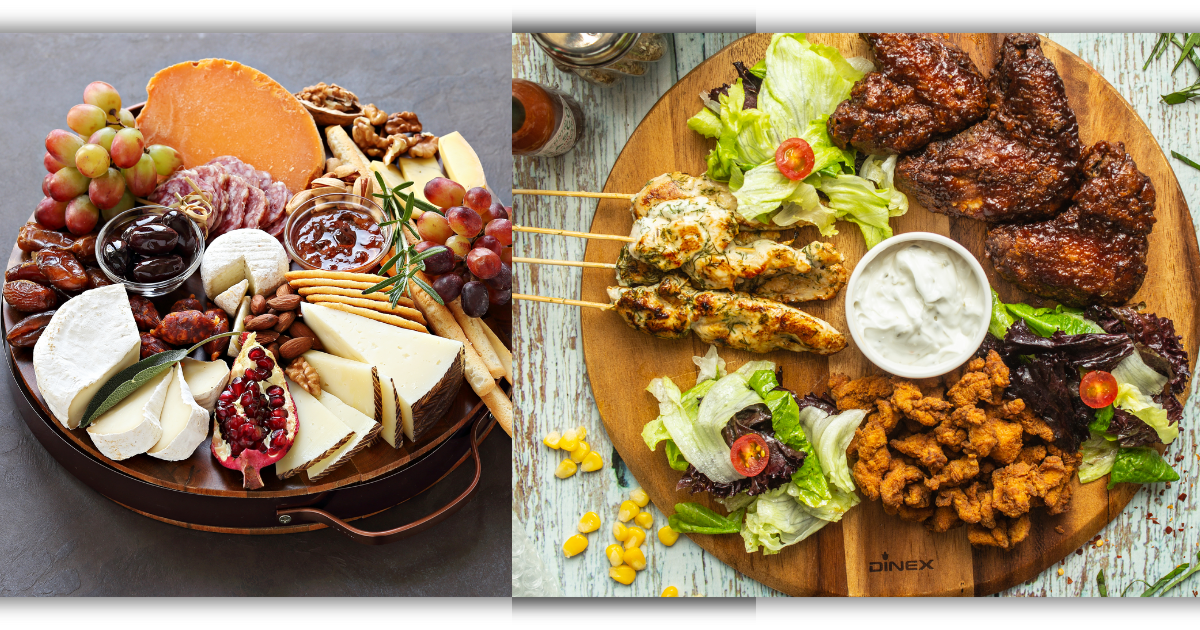 In the Middle East, hospitality is paramount, and food plays a starring role. Meals are often large spreads of mezze (small dishes) and grilled meats. During Ramadan, iftar (the meal to break the fast) begins with dates and water.
In the Middle East, hospitality is paramount, and food plays a starring role. Meals are often large spreads of mezze (small dishes) and grilled meats. During Ramadan, iftar (the meal to break the fast) begins with dates and water.
Serving coffee in small cups and continuously refilling is a sign of respect.
A Taste of Multiculturalism in Canada
 Canada’s food culture reflects its multicultural population. From poutine to butter tarts, the country’s cuisine blends indigenous, French, and immigrant influences.
Canada’s food culture reflects its multicultural population. From poutine to butter tarts, the country’s cuisine blends indigenous, French, and immigrant influences.
A fun fact? Ketchup chips are a uniquely Canadian snack that confounds visitors but delights locals.
Embracing Cultural Diversity at the Table
Everyone needs to eat. Focusing on our commonalities while valuing our differences and being curious about the way different cultures prepare and share food broadens our worldview. It is a great way to build bridges across cultures, make new friends and enjoy pleasant experiences. For businesses, acknowledging dining customs can foster inclusivity and respect in multicultural environments.
At LAT Multilingual, we celebrate these rich traditions, knowing that food and the way we consume it is not just sustenance but a reflection of the diverse world we share.

